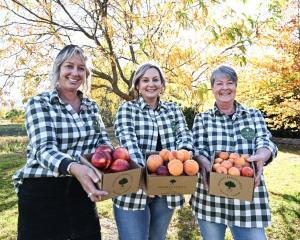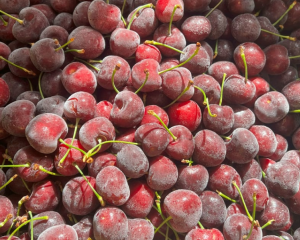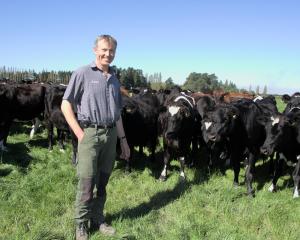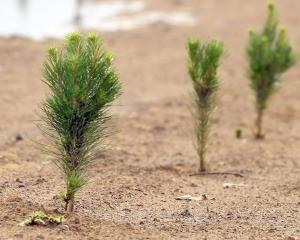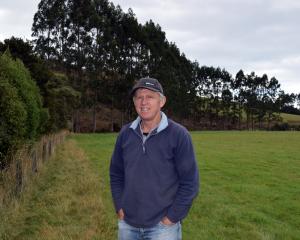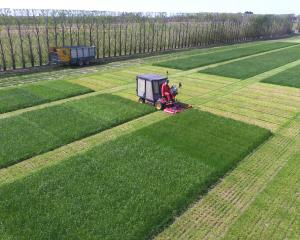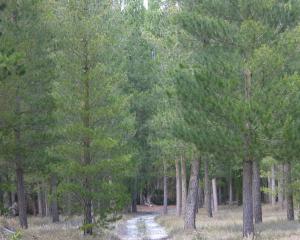
It was launched last month.
ProductionWise specialists Ben Jones and Andrew Christian, of Grain Growers in Australia, were in Canterbury last week to showcase Satellite Imagery in a mini roadshow.
There were sessions in Timaru, Ashburton and Templeton, as well as online.
The pair explained its features and its ability to identify variability in soils and irrigation distribution to manage crop input efficiency.
They acknowledged cloud cover was a barrier to receiving a clear image.
''The good thing about satellites is they go over every five days anyway. The bad thing is if there's cloud cover you're not going to get an image,'' Dr Jones said.
Dr Jones was involved in bringing the programme from Australia, and Mr Christian, along with the foundation's ProductionWise project manager Melanie Bates, made it user-friendly for Kiwi growers.
In Ashburton, about 20 people turned up to one of two sessions on September 27 held at the Hotel Ashburton.
About a quarter of those present actively used ProductionWise, and many were interested in the Satellite Imagery addition and its ability to allow growers to check on variations not spotted by eyes on the ground.
''The satellite image will be a composite of what you see at your feet,'' Dr Jones said.
It was less hassle than using drone imagery, which could require multiple flights, limited wind and a bit of ''mucking about'' to get pixels to line up.
And, as satellites lapped the earth six to eight times a day and moved at a rate of 1km a second, a single image of a farm could be taken over three or four seconds.
Variations showed up in the satellite image with a 10m resolution, highlighting poor growth areas.
And as elevations on the land were also available, patterns formed in paddocks also showed.
Mr Christian explained the farm set-up, how the imagery was delivered, the online help options located at the top of the screen and its paywall costs.
It was another tool for farmers to help with paddock management strategy, he said.
Ms Bates said ProductionWise, developed in partnership with Grain Growers Ltd, was farmer-driven and an initial working group had been instrumental in its development.
ProductionWise helped with crop record-keeping and tools to support farmers and their advisers, to help with efficiency in modern farming enterprises.
It was available to all foundation levy payers and included the option to purchase the satellite imagery.
The programme was originally set up for regional benchmark information, she said, but had grown and developed through farmer direction.
Australia was developing many of the programmes, and New Zealand was benefiting from its work.
Satellite Imagery was another of those programmes to come out of Australia.
Ongoing feedback about the programme helped to make it better for all users, she said.


